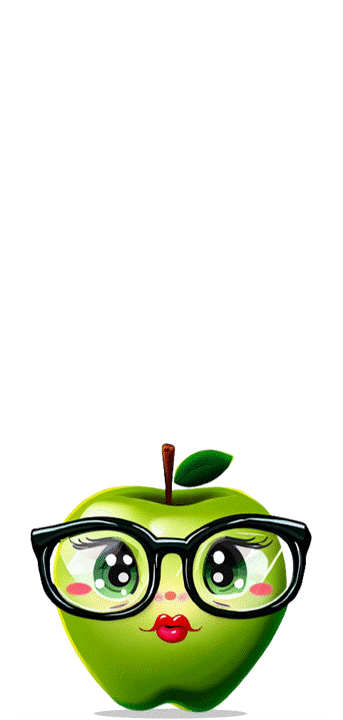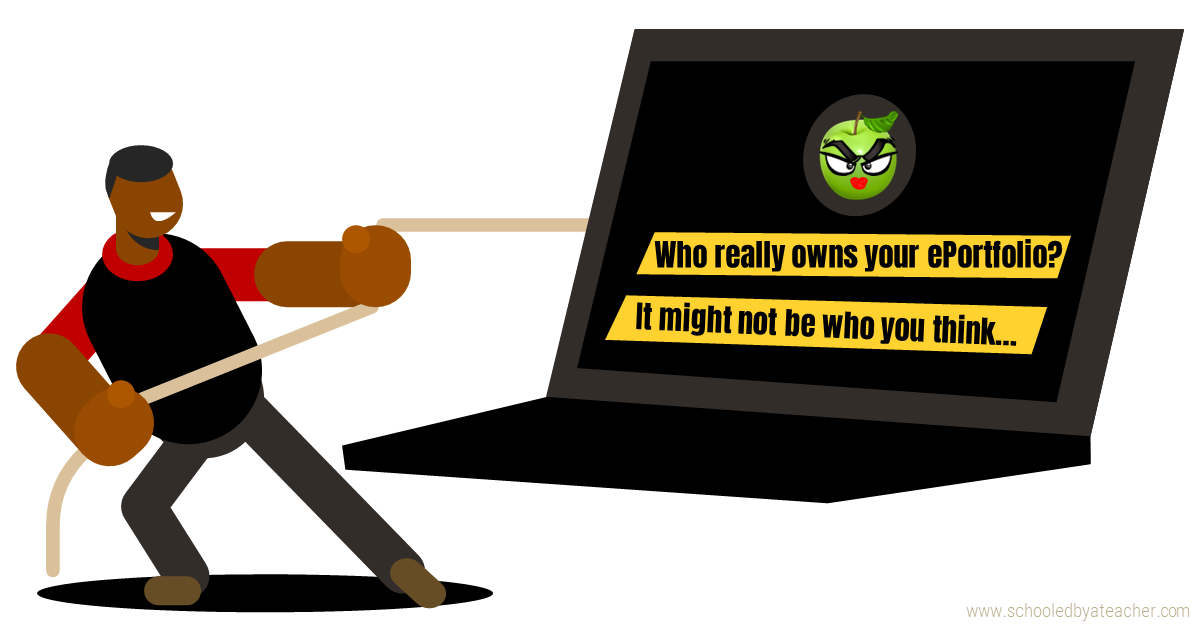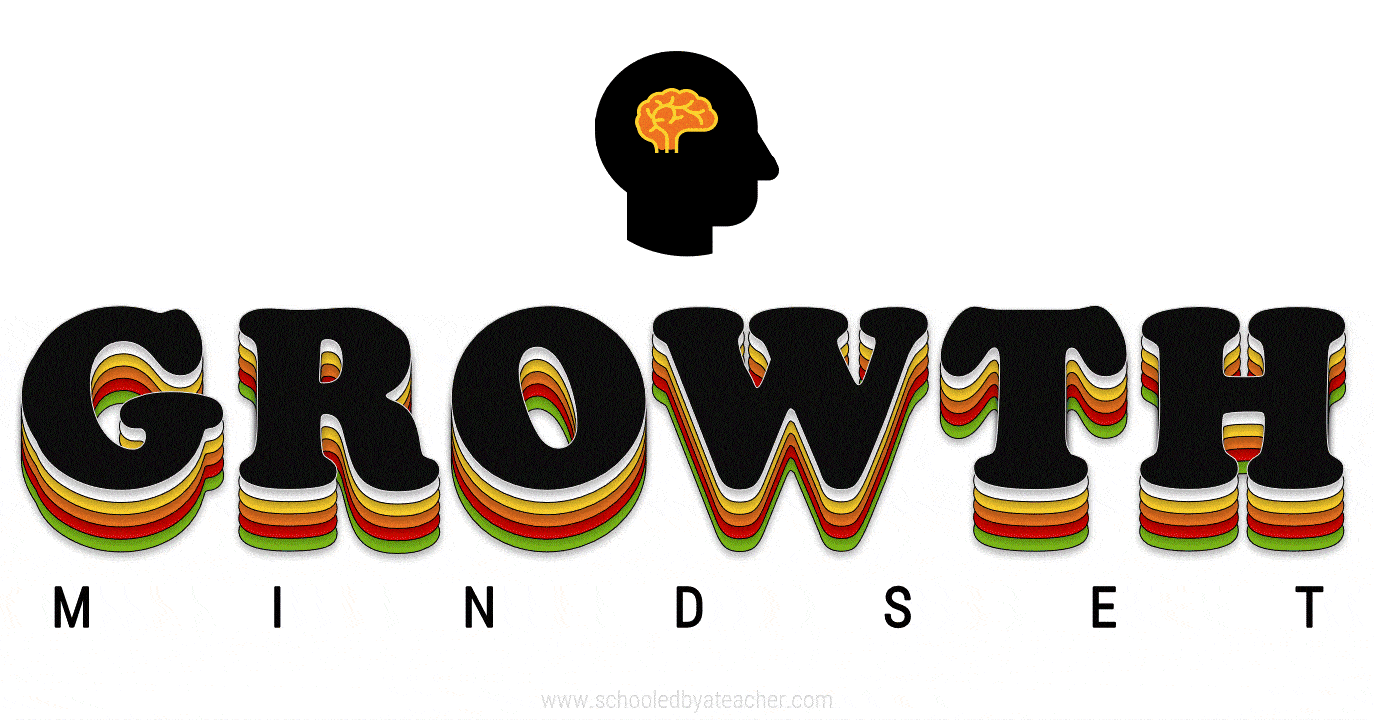Reflecting on my journey through the Applied Digital Learning program at Lamar University, I can vividly recall the moment I realized the power of the COVA approach. It was during the creation of my ePortfolio that the concepts of choice, ownership, and voice crystallized for me. This wasn’t just another assignment; it was a personal canvas where I could illustrate and document my growth and learning in the program and beyond. My ePortfolio became a living testament to my journey, showcasing my Technology-Enhanced Project Based Learning (TEPBL) plan for Newcomer Emergent Bilingual Students (NEBS) innovation plan. This project was not just an academic exercise; it was a blueprint for real-world application, far, far removed from the passive learning of traditional tests.
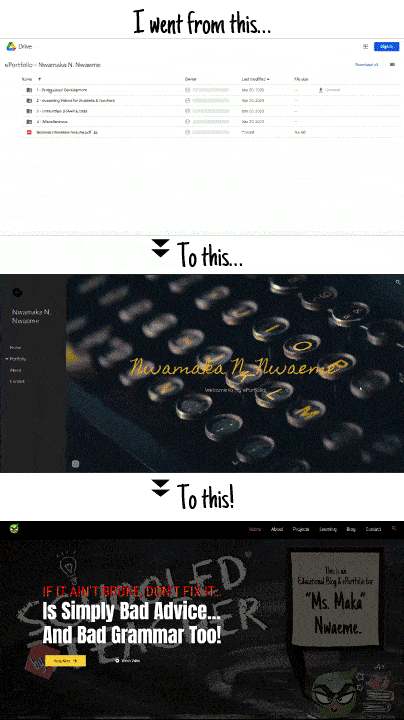
The freedom to shape my learning path was initially daunting. Was I ready? To be honest, I was pretty apprehensive, but the surprise of the autonomy in the program was refreshing. I embraced the opportunity with an open mind, allowing creativity and practical application to guide my work. This approach was a huge departure from the norm that I was accustomed to, and it required a shift in mindset. I learned to trust in my abilities and in the process, adjusting my strategies as needed. If I were to start over, I would dive in with even greater confidence from the outset.
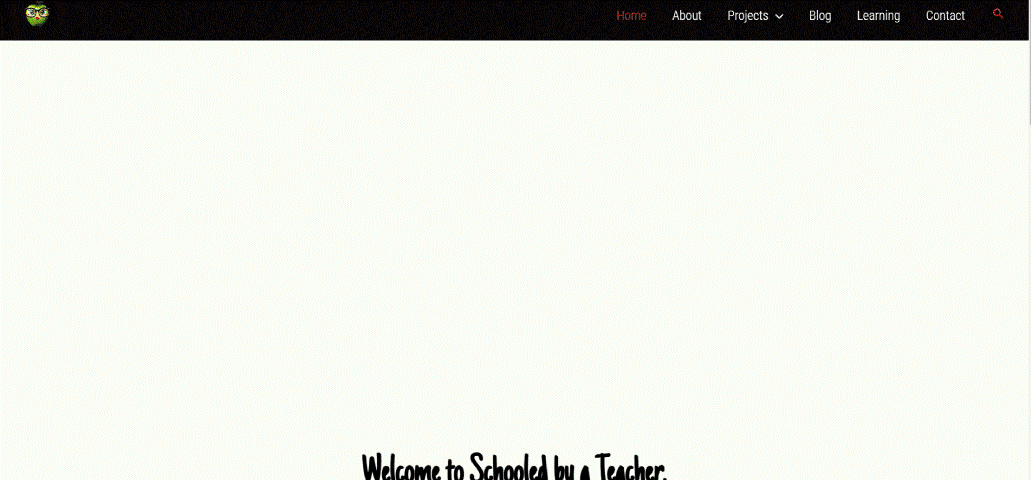
Taking control of my voice and focusing on my organization as the audience was challenging. It meant stepping out of the comfort zone of anonymity and into the spotlight of a change leader. My attitude towards leading change evolved significantly throughout the program. Initially, I was cautious, but as I engaged with the concepts like the Golden Circle and the Six Sources of Influence, my perspective shifted. I began to see change not as a burden, but as an opportunity to enact meaningful improvements.

- Starting With “Why”: Defining My Vision and Purpose Simon Sinek’s Golden Circle framework helped me articulate the core of my innovation plan: why I was passionate about TEPBL for NEBS, how it would be implemented, and what the outcomes would be. This clarity of purpose became the driving force behind my efforts.
- Influencer: Leveraging the Power of Change Agents By embracing the six sources of influence, I crafted a change management plan that was both robust and flexible. It was a comprehensive approach that prepared me to face and overcome obstacles.
- 4DX: Implement the Change Management Plan The 4 Disciplines of Execution provided a structured method to bring my plan to life, ensuring that each step was actionable and aligned with my ultimate goals.
- The fourth element of my innovation plan’s change strategy—Lead and Communicate: Sustain and Create Lasting Change—was pivotal. It involved leading with self-differentiation and effectively communicating with all stakeholders. Drawing inspiration from Edwin Friedman’s concept of self-differentiated leadership and the principles of crucial conversations by Kerry Patterson et al., I aim to foster a culture of trust, respect, curiosity, empathy, and solution-orientation. This approach is not just theoretical; it is deeply ingrained in my commitment to creating lasting change within my organization.
The authenticity of my innovation plan is rooted in a genuine desire to address the needs of the Newcomer Emergent Bilingual Students (NEBS) within my school district. This plan was not a mere academic exercise; it was born out of a real-world necessity and a long-term vision for positive impact. The Technology-Enhanced Project Based Learning (TEPBL) initiative for NEBS is a testament to this commitment, reflecting a deep-seated belief in the transformative power of education, and now, innovating in education.
Providing learners with COVA and Creating Significant Learning Environments (CSLE) resonate profoundly with my learning philosophy. They align with the idea that learning is a natural, lifelong process shaped by an individual’s interactions with their environment and society. This philosophy echoes John Dewey’s principle of continuity of experience, emphasizing the interconnectedness of past, present, and future learning experiences.
Reflecting on my own learning journey, my perspective has evolved to embrace a more holistic view of education. I now see learning not just as the acquisition of knowledge but as the development of a comprehensive worldview that includes attitudes, values, and beliefs. This shift has been influenced by the COVA approach, which emphasizes choice, ownership, and voice, and by the CSLE, which fosters environments where these elements can thrive.
To effectively apply the COVA approach in creating significant learning environments within my organization, I will continuously draw upon the insights and experiences gained from the Applied Digital Learning program. One way I am already putting this into practice is the professional learning (PL) I have been designing. My PLs are now a departure from traditional/typical “sit-and-get” sessions. Instead, they are an immersive experience that unfolds over several days, providing ongoing support, active participation, and practical modeling that is directly relevant to the participants’ practice:
- Professional Learning Series Design: The PL sessions related to my innovation plan are structured to encourage active learning and reflection. They are not isolated events but part of a continuum of learning that includes pre-session tasks, interactive workshops, and post-session implementation with feedback. This design ensures that learning is sustained and integrated into daily practice.
- Choice, Ownership, and Voice through Authentic Assignments: In my current ADL course assignment from EDLD 5318, “Thriving in the Classroom: A New Teacher’s Guide to Classroom Management,” I am creating a course where learners are given the autonomy to design classroom expectations and lesson plans that reflect their unique teaching style. This 5-week blended learning course is an embodiment of authentic learning, where new teachers actively apply what they learn in a supportive, yet challenging environment. The course is structured to provide choice in content and assignments, ownership over the learning process, and a voice through peer interactions and reflections.
COVA Looking Ahead
Preparing Learners and Colleagues: To prepare learners and colleagues for the COVA approach and CSLE, I will first model how and why this approach works using my own innovation plan and revamped professional learning activities/sessions, and incorporate explanations that give the rationale and benefits of this learning model. These sessions will provide hands-on activities that allow participants to experience the approach firsthand.
Potential Challenges: Adopting the COVA approach and CSLE may present several challenges. Resistance to change is a common hurdle, as it requires a shift from passive to active learning roles. There may also be apprehension about the perceived ambiguity and lack of structure in learner-driven environments. To mitigate these challenges, I will provide clear examples of successful outcomes, offer consistent support, and create a culture that values innovation and risk-taking.
Areas for Further Exploration: While COVA and CLSE are a strong foundation for designing highly effective learning environments, I also recognize the importance of maintaining a growth and learner’s mindset. This is especially so since technology is constantly evolving, and educators must adapt to integrate new tools and methodologies effectively. Embracing this continuous learning journey ensures that my teaching practices remain dynamic and responsive to the ever-changing educational landscape.
In summary, the COVA approach and CSLE will be central to my efforts in fostering a transformative learning culture. By emphasizing choice, ownership, voice, and authentic learning opportunities, I am committed to nurturing an environment where learners are not just consumers of knowledge but active creators and contributors to their own and others’ educational experiences. Through thoughtful planning, preparation, and addressing potential challenges head-on, I am confident in the successful integration of the COVA approach and CSLE into my organization’s guiding principles.
References
Harapnuik, D. K., Thibodeaux, T. N., & Cummings, C. D. (2018). Choice, Ownership, and Voice through Authentic Learning. Creative Commons License.

